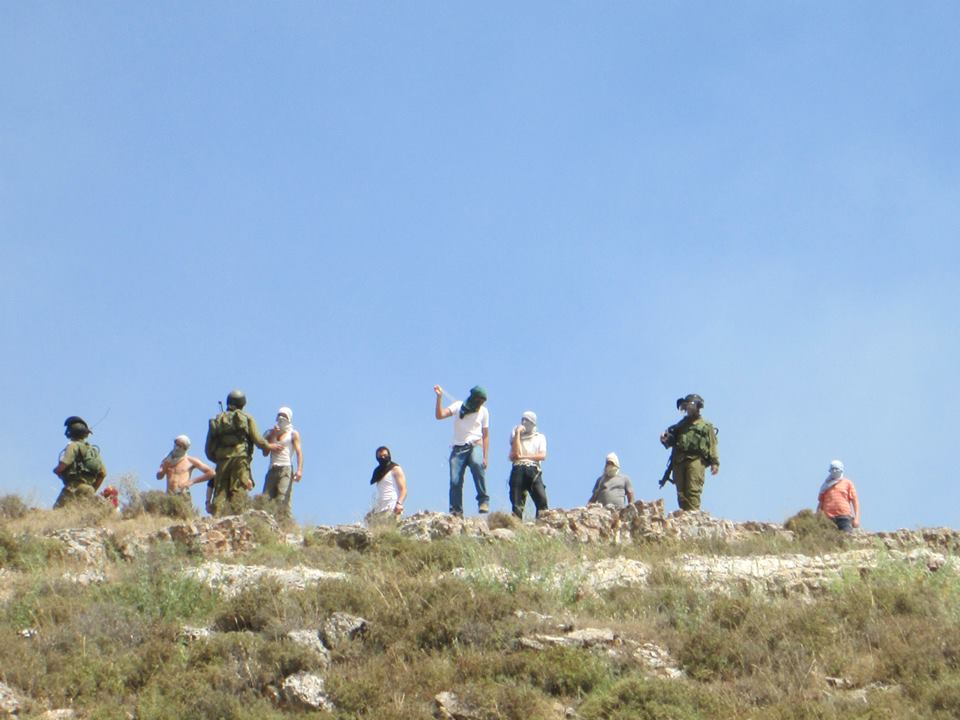Tag: Tear-Gas Canister
-
Israeli forces violently suppress villagers working their land in Nabi Saleh
31th May 2013 | International Solidarity Movement, Ramallah Team | Nabi Saleh, Occupied Palestine Unlike in previous demonstrations, two army jeeps invaded Nabi Saleh today an hour before the demonstration was due to begin. After midday prayers, over 60 villagers, joined by a number of Israeli and international activists, marched from the center of the village…
-
Arson attack on Asira village by illegal settlement of Yitzhar
30th May 2013 | International Solidarity Movement, Nablus Team | Asira, Occupied Palestine At 1.30pm today, 30th May, thirty settlers from the illegal settlement of Yitzhar trespassed on to land above the village of Asira, lighting fires and throwing rocks at around seventy villagers who came to extinguish the flames and defend their village. Israeli…
-
Kafr Qaddum – Blocked from life’s basics; pushed back when doing something about it
24th May 2013 | International Solidarity Movement, Nablus Team | Kafr Qaddum, Occupied Palestine Tear-gas showered down on villagers in Kafr Qaddum yesterday, nearly blinding one media worker in a direct hit and nearly suffocating a child as villagers protested the roadblock that has hindered their lives for a full decade. The villager’s own stone…

